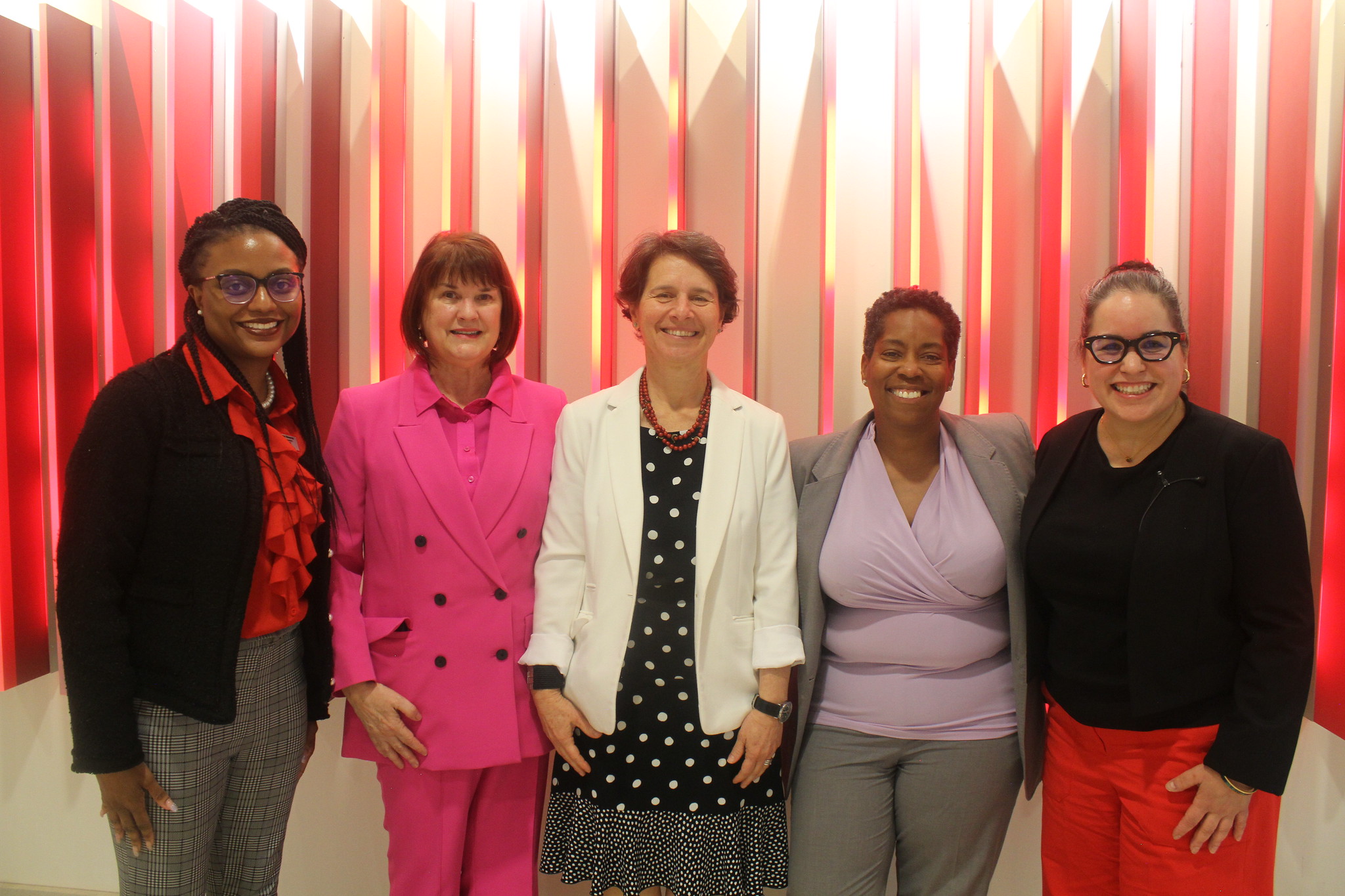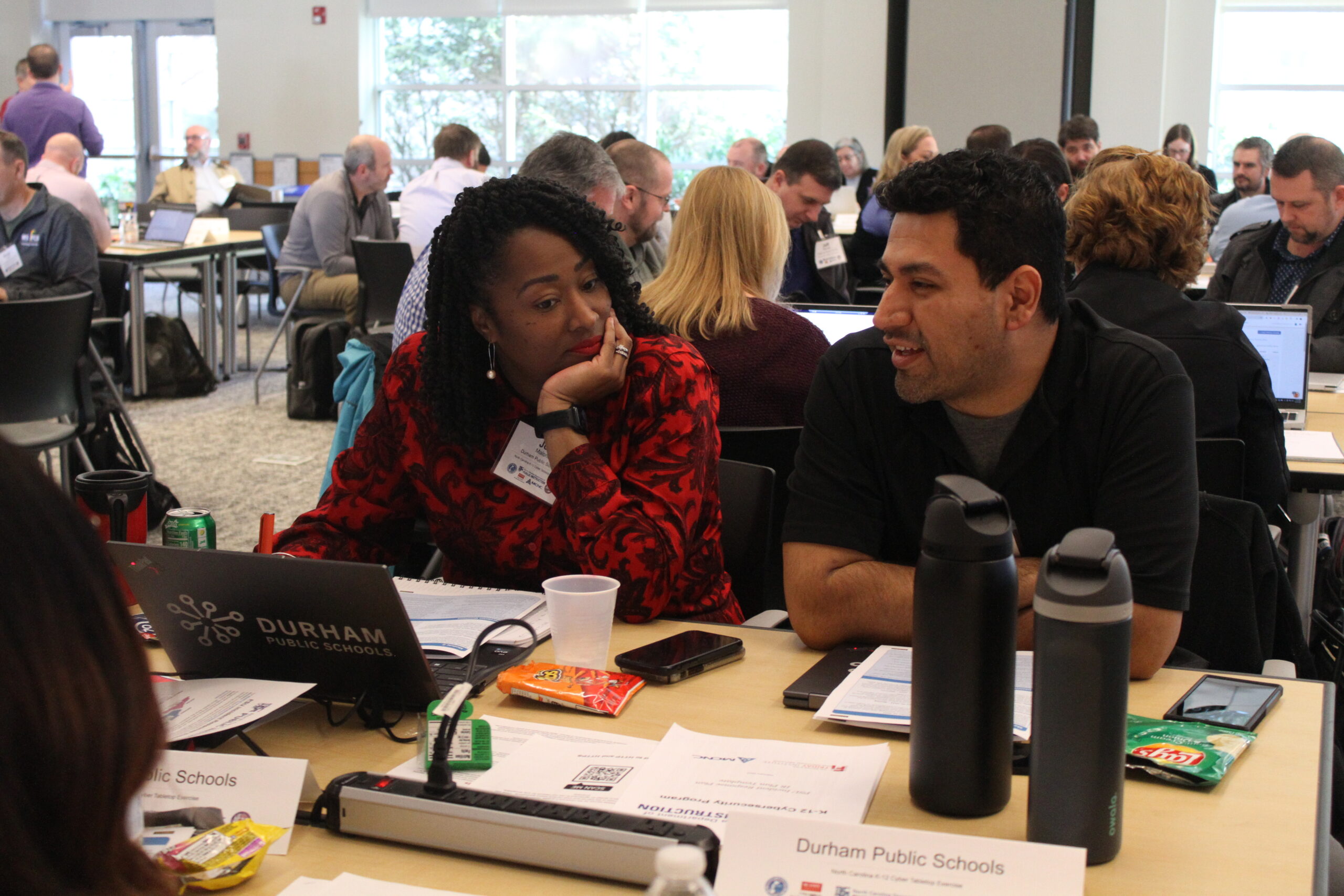Shifting scientific identities
 A small group of teachers are embracing a newfound identity as scientists. Following their participation in the Students Discover teacher-scientist partnership last summer, a math teacher, an art teacher, a science teacher and a math/science teacher have shifted their perspectives on what it means to be a scientist. Anyone, no matter their field of study, can incorporate scientific principles into their teaching to the benefit of teachers and students alike.
A small group of teachers are embracing a newfound identity as scientists. Following their participation in the Students Discover teacher-scientist partnership last summer, a math teacher, an art teacher, a science teacher and a math/science teacher have shifted their perspectives on what it means to be a scientist. Anyone, no matter their field of study, can incorporate scientific principles into their teaching to the benefit of teachers and students alike.
The Friday Institute released a new paper, A Shift in Scientific Identities: How Teacher- Scientist Partnerships Can Impact Middle School Teachers’ Science Teaching and Instruction, that suggests that teacher-scientist partnerships may help improve science teaching effectiveness in the classroom. Written by Oriana Johnson, a Graduate Research Assistant for the Friday Institute’s evaluation team, A Shift in Scientific Identities analyzes how participants improved their self-efficacy as educators, thus enhancing student learning and possible desired student outcomes.
A central component of the project was a mentorship model in which teacher leaders from the Kenan Fellows program engaged in a three week summer internship with scientists at the North Carolina Museum of Natural Sciences. The teacher-interns engaged in rigorous scientific inquiry with the scientists and, based on that work, co-developed citizen science curriculum modules that the teachers implemented the following school year.
Five major themes emerged from the teachers’ narratives of their involvement in the teacher-scientist partnership:
- Increased confidence in ability to teach science
- Adoption of student- centered teaching practices
- Inspiration to foster student interest and confidence in science, especially among female students
- A newfound scientific identity
- Formation of non-hierarchical and mutually beneficial relationships with scientists
Additionally, promoting involvement of these teacher- scientist partnerships can also lead to community involvement with neighboring universities and museum research labs. Learn how you can make these partnerships work in your school or district by reading the full paper.
- Categories:

